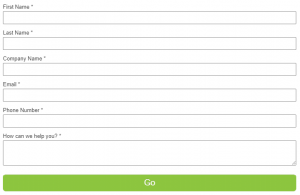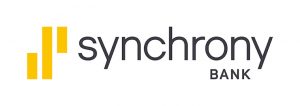Choosing a good cryptocurrency exchange can be a confusing process, especially if you’ve never used one before and don’t know how much 1 btc to dkk. To help you, we have compiled a list of things to consider when choosing: the fees you will pay, the market depth of the coins you will be trading, and the level of liquidity available. Ultimately, you want to make sure that the fee you will be charging is reasonable so that you do not lose money when buying or selling a coin.
Market depth
The depth chart is a popular way for traders to get an idea of the market sentiment. It shows the density of buy and sell orders at various price levels. By zooming in or out, you can see the market’s price range and the number of traders with an interest in buying or selling at any point.
The “Ask Volume 10%” is the quantity of all asks within ten percent of the mid price. This is a good indicator of how liquid the market is. If there is enough volume, large orders won’t be able to move the price of the asset.
On the other hand, if the order book is crossed, the best bid will be higher than the best offer. This type of imbalance isn’t very common in the cryptocurrency markets. However, it does occur in some auction phases.
Fees
If you want to get your cryptocurrency onto an exchange, you will have to make a few choices. Most centralized exchanges require you to register and prove your identity. They also have a variety of restrictions and requirements.
The best way to get a feel for the exchanges in your area is to read up on the pros and cons of each one. Some exchanges offer a no fee trading option for a limited time, but you may have to wait for your turn. For example, Bittrex offers a wide range of crypto pairs and charges a flat rate of 0.25% per trade.
Bybit is a peer to peer marketplace that allows users to transfer money directly from their bank accounts to other users. However, for now, Bybit https://www.bybit.com/en-US/ supports only BTC. It’s a good idea to find an exchange that accepts your local currency as well. This will help minimize withdrawal fees.

Currency pairs
If you want to know how to get your cryptocurrency on an exchange, there are several things to consider. For example, what are the exchange’s fees and security credentials? You should also look into their trading pairs.
Basically, an exchange is a virtual marketplace where you can buy or sell cryptocurrencies. Users can credit their account with traditional money or use native tokens, such as ETH or BTC, to pay transaction fees. The exchange will then execute your trade.
As you might have guessed, an exchange’s fees vary widely. They may be based on the size of the transaction or the volume of activity in the exchange.
In addition, there are exchanges that support fiat-to-crypto pairings. The most popular pairings involve the USD coin and fiat-backed stablecoins like Binance’s tether (BNT) and the Tether coin, which is backed by the US dollar.
Liquidity
The liquidity of a cryptocurrency on an exchange is an important consideration. Liquidity is a measure of how easily an asset can be bought and sold. A high liquidity level helps ensure prices remain stable.
One of the best ways to measure a crypto exchange’s liquidity is its bid-ask spread. This is the difference in price between the highest asking and lowest selling price. If there is a large difference between the two, the market is illiquid. However, if the bid-ask spread is tight, it’s a sign of a liquid market.
Another way to gauge a crypto exchange’s liquidity is its trading volume. Trading volumes refer to the total amount of digital assets exchanged on the exchange. Some markets have billions of dollars in trading volume per day.

Hybrid exchanges
A hybrid exchange is a new type of crypto exchange that aims to combine the best features of both centralized and decentralized exchanges. It is designed to give users complete control over their funds and transactions.
These exchanges have gained a lot of popularity in recent times. They allow traders to conduct safe and secure transactions without any third-party interference. But, they are not for everyone. Traders must have technical knowledge to use them properly.
Besides, they have limitations and shortcomings. Unlike other exchanges, hybrid exchanges are not regulated by a central authority. This gives them more flexibility and accountability. However, there are still risks to consider.
Hybrid exchanges have also faced issues like limited scalability. If the platform is not able to handle the high volume of transactions, then it may not be able to provide users with a satisfactory experience.




